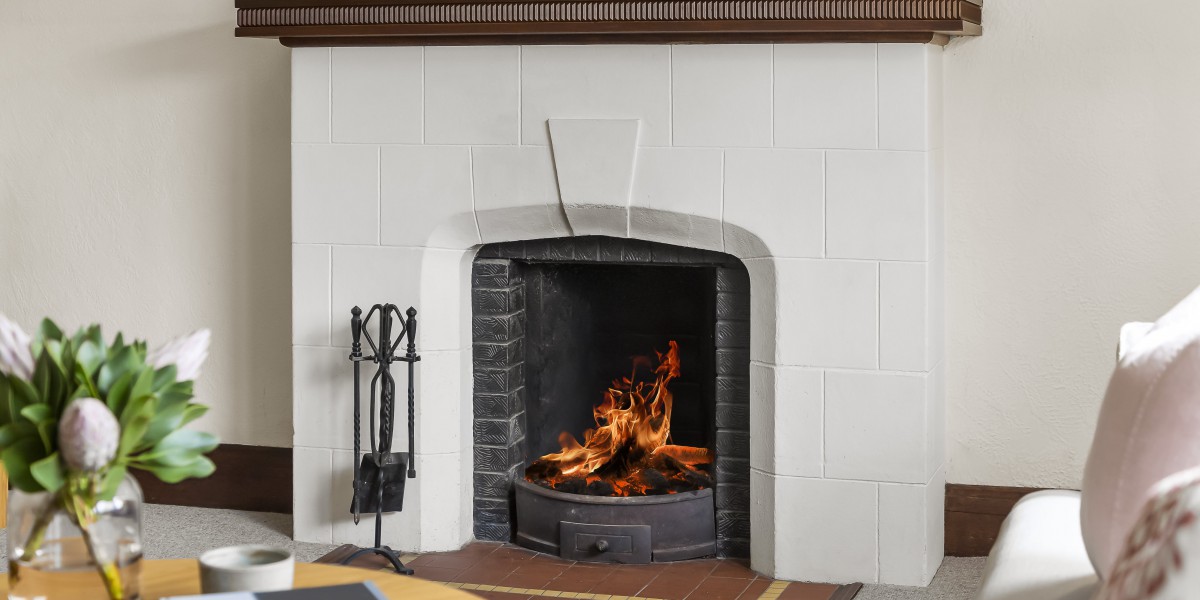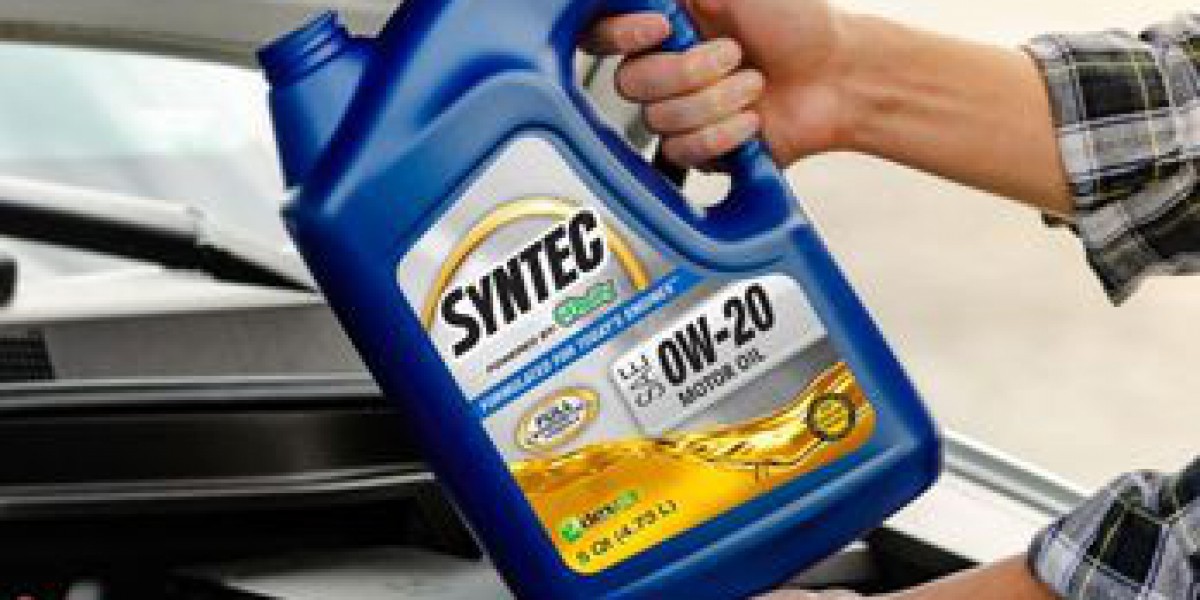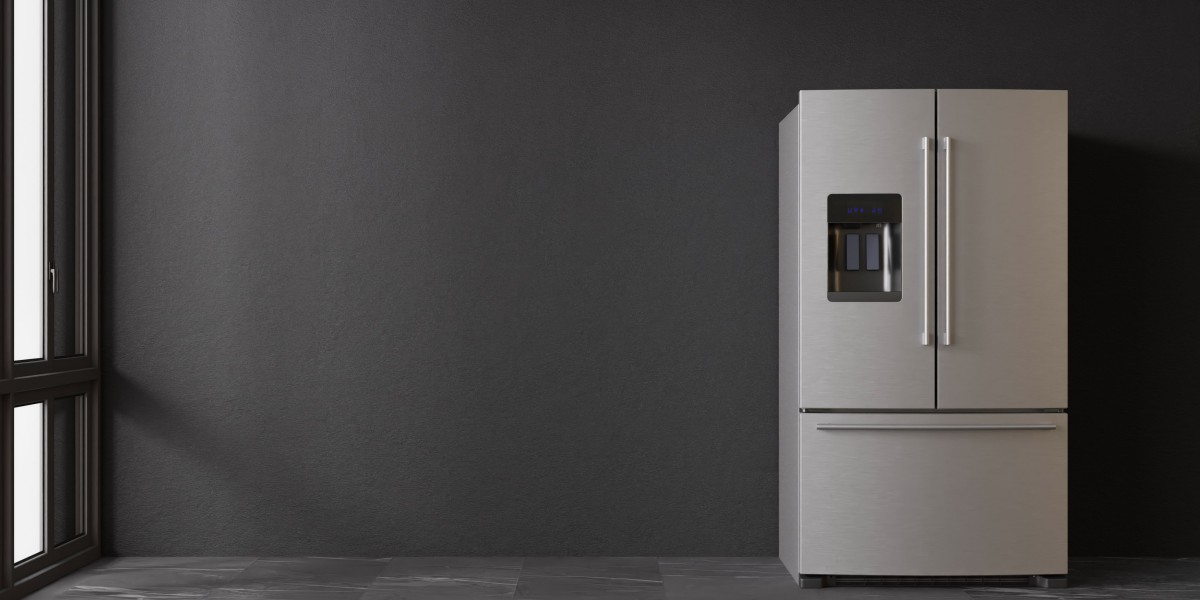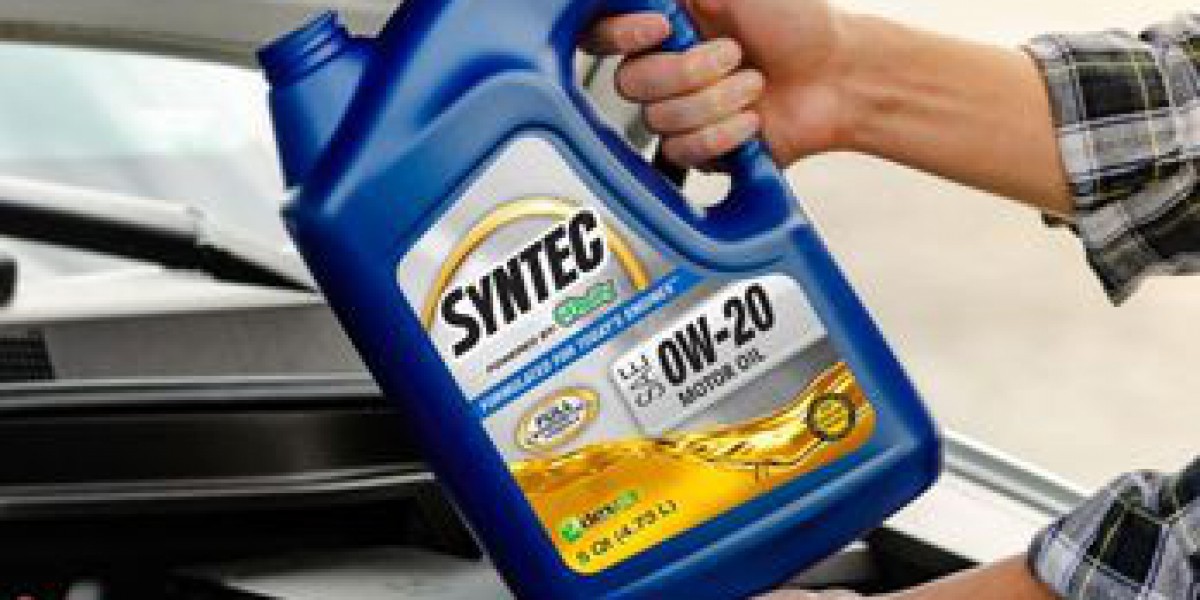 How to Get the Most From a Wood Burner Fireplace
How to Get the Most From a Wood Burner FireplaceContrary to traditional open fireplaces, wood stoves are designed and optimised to burn wood. This enables them to comply with stricter emission regulations.
Wood burning stoves provide warm, yellow flames that dance, crackling sound and that innate feeling of warmth. The smoke that is produced is contaminated by air pollutants such as formaldehyde and benzene as well as polycyclic aromatic hydrocarbons.
Efficient
Fireplaces and stoves that burn wood offer a stunning and natural heat to the home, but they are also incredibly efficient. A high-quality wood burner can attain an Ecodesign rating of up to 77 percent. With rising energy costs it is important to ensure you get the most benefit from your log burner The good news is that this is more simple than ever!
The amount of moisture in firewood is a key factor that determines how efficient a wood-burning stove is. This is why we suggest only using seasoned wood that has been dried for at least one year, and more often two years. The more dry the wood, the more efficiently it burns which results in less smoke and harmful emissions.
A wood-burning stove also is an eco-friendly fuel source which is beneficial to the environment. If you buy locally-sourced wood, you are also helping to promote the active conservation and management of woodlands. This is beneficial for wildlife.
The only thing that a wood burning stove needs in terms of maintenance is to regularly remove and get rid of the ash. This can be a little bit of a nuisance, but it is worth it to ensure that you get the most heat from every log. If you allow the ashes 2-3 days to completely cool They can also be used as a non-toxic, environmentally friendly melt of ice. They can also be used to polish jewellery and remove smells.
A fireplace that burns wood is an old-fashioned classic. Although they're less popular than gas fires, there is no denying the charm and enthralling sound of a roaring fire. They're ideal for cozying in the cold winter nights and are an ideal way to create a warm and inviting space within your home. Making the investment in a top-quality wood stove will pay off for many years. Our expert chimney sweeps are here to assist you in getting the most from your stove - give us a call today to learn more.
Low Carbon
Burners that are efficient and clean are among the best ways to save money on logs while keeping your home warm. They also support local woodland management. This is an excellent option to help the wildlife that lives in your neighborhood.
Wood-burning fireplaces and stoves create very little pollutant if they are maintained properly and used with dry, seasoned firewood. When they are not maintained properly or make use of wood that is not of high quality the smoke produced contains fine particles often referred to as particulate pollutants, which can irritate the lungs and other organs of the body. It also contains carbon monoxide as well as toxic air pollutants such as formaldehyde, benzene, and polycyclic aromatic hydrocarbons. Inhaling these types of air pollution could cause irritation of the lungs as well as wheezing, coughing, and asthma attacks and may even lead to serious health issues like cancer, heart disease, or premature death.
Some people worry that using a wood-burning stove could contribute to climate change however this isn't necessarily the case. Burning wood produces energy that is carbon-neutral. In the course of the life of a tree it absorbs carbon dioxide and when it is burnt, the carbon dioxide absorbed is released back into the atmosphere.
The wood is local, which decreases the amount of pollution emitted in the transportation process. It is crucial to choose hardwoods that are well-seasoned and of high quality. They will burn longer and more evenly than softwoods.
Modern, EPA certified wood stoves and heaters (such as those made by Charlton & Jenrick) have considerably lower emissions than earlier stoves. They have been certified to meet 2020 EPA standards that are significantly more strict than previous emission limits.
All wood-burning stoves must be fully vented to the outside of your home to ensure they do not create a haze of exhaust inside your home. All our current DEFRA-exempt and clean burn stoves can produce extremely clear exhaust by keeping the flames at a distance from the wood logs and by using dry well-seasoned, clean firewood.
A wood burning stove with a catalytic converter or hybrid unit can offer the ultimate low-carbon heating solution. These units ignite the gasses and particulates from the initial combustion in a second stage by mixing them with superheated air. They then funnel the remaining particulates and gasses through a catalytic combustor for an additional and final combustion, further the reduction of emissions to levels that is well below the government standards.
Clean Burn
Cleanburn wood stoves are designed to burn fuel with the best efficiency possible. This results in a minimum amount of emissions of particles into the air when burning wood. The stove's air management system controls the intake and exhausting of gases, ensuring the combustion process takes place in a closed, controlled environment. It also regulates the height of the flame to minimise emissions and maximise heat output.
This means that your chimney as well as the surrounding area will be a lot cleaner than older stoves. Particulate matter, also known as particle pollution, is a result of incompletely burned wood can trigger respiratory issues, such as coughing and wheezing, and contribute to heart disease, stroke, diabetes, and other serious illnesses. Wood burning is also a contributor to poor air quality in cities.
Smoke from poorly combusted timber is a source of fine particulate pollutants as well as dangerous air pollutants like carbon monoxide as well as other harmful air pollutants such as nitrogen oxides, volatile organic compounds (VOCs), benzene, and formaldehyde. These particles can get into the lung and other organs and cause discomfort, damage and even death. Airborne dust can also contaminate surfaces within your home and give them a rough feeling.
It is essential to use only top quality, seasoned, and dried firewood for your wood burner fireplace. Hardwoods such as oak beech, ash and are the best choice for heating. Hardwoods have a high density and BTU content, and they offer more heat than softwoods.
It is also important to determine if your local authority has rules regarding wood burning. They could include rules for nuisance or odor and visible emissions or the opacity limit for smoke.
It is crucial to keep the glass of a wood stove with glass fronts free of dirt and deposits. This can be done using a dry cloth or oven cleaner spray. You can also add bicarbonate soda mixed with water to the glass.
Regular maintenance of your stove and chimney is also essential. Regular chimney cleaning is required to remove creosote, and also to ensure that the flue is operating correctly. It is also important to mark the dates for periodic inspections on your calendar. This will help you avoid costly repairs and prolong the life of your wood stove.
Low Maintenance
Many people opt to install wood burning fireplaces because of the natural warmth they create. However, this type of fire requires some care and maintenance. If it is not maintained and cleaned regularly the chimney, flue, and stove could all be potential sources of fires within your home. These fireplaces also provide heat in the event of power outage, particularly during winter storms where tree branches can fall and power lines may be ripped down.
Using a wood burner for heating will reduce your carbon footprint significantly in comparison to other fossil fuel sources, such as gas. Modern wood stoves and inserts have been designed to conform to EPA (Environmental Protection Agency) standards, which means that they emit very little carbon dioxide. The more seasoned wood you use the more efficient the stove will be. You'll require less wood to get the same amount of heat.
They require some maintenance and attention, including making sure they are placed away from burning materials and a screening is in place. The flow of air will be improved by keeping the grate clean of ash and other debris. This will keep the fire burning longer and your home clean. It is recommended that your chimney and stove swept at least twice a year to prevent creosote accumulation which could cause fire hazards or blockage and restrict circulation.
A wood burning stove needs to be kept in good order and it can take a while for a novice homeowner to learn how to ignite, light and maintain a steady fire in the fireplace. Once you've achieved the art of creating and maintaining the fire in your wood burner, it can be a source of enduring pleasure that will provide heat and warmth for your home every year.
 Fireplaces that burn wood have been around in some form or another for over 500 years and they've regained popularity because of their energy efficiency, sustainability, and the natural warmth and scent of real wood. Talk with your local Regency dealer about the benefits of wood stoves or inserts for your home if you're planning to buy an entirely new heater.
Fireplaces that burn wood have been around in some form or another for over 500 years and they've regained popularity because of their energy efficiency, sustainability, and the natural warmth and scent of real wood. Talk with your local Regency dealer about the benefits of wood stoves or inserts for your home if you're planning to buy an entirely new heater.







